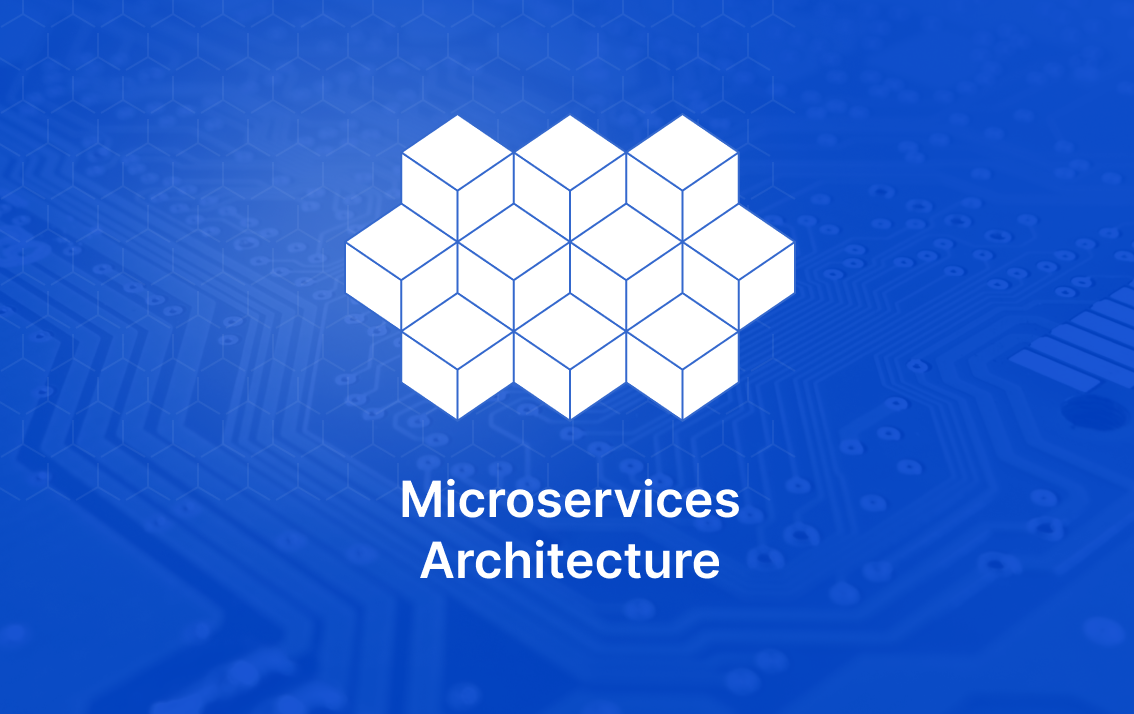Learn how to select the best API Gateway for your microservices application. Compare top options like Kong, Traefik, AWS API Gateway, and more based on scalability, security, and deployment needs.
Introduction
API Gateways play a crucial role in microservices architecture. They act as the single entry point for your services, handling concerns like authentication, routing, rate limiting, monitoring, and more. However, with so many API Gateway options available, selecting the right one for your application can be challenging. This guide will help you make an informed decision by evaluating key factors and comparing popular API Gateway solutions.
1. What is an API Gateway?
An API Gateway is a reverse proxy that sits between clients and your microservices. It abstracts the complexities of individual services and provides a unified API to the clients. Common responsibilities of an API Gateway include:
- Routing: Directing requests to the appropriate service.
- Authentication & Authorization: Managing security and access control.
- Rate Limiting & Throttling: Preventing abuse by limiting API usage.
- Load Balancing: Distributing traffic across services.
- Monitoring & Analytics: Logging and tracing API calls.
- Protocol Translation: Converting between protocols (e.g., HTTP to gRPC).
2. Key Factors to Consider
When choosing an API Gateway, consider the following factors:
2.1 Scale
- Evaluate your application’s traffic and concurrency requirements.
- Choose a gateway that supports horizontal scaling and high throughput.
2.2 Protocol Support
- Determine if you need support for protocols like REST, gRPC, GraphQL, or WebSocket.
2.3 Security
- Look for features like OAuth, JWT authentication, API key management, and DDoS protection.
2.4 Extensibility
- Does the gateway allow you to write custom plugins or middleware?
- Ensure it supports integrating with other tools like logging and monitoring platforms.
2.5 Deployment Model
- Self-Managed: Provides more control but requires maintenance.
- Managed Services: Easier to set up and maintain but comes at a cost.
- Examples: AWS API Gateway, Azure API Management.
2.6 Monitoring & Observability
- Look for built-in monitoring features or integrations with tools like Prometheus, Grafana, or ELK stack.
2.7 Ecosystem Integration
- Ensure compatibility with your cloud provider, CI/CD pipelines, and service discovery tools (e.g., Consul, Kubernetes).
3. Popular API Gateway Options
Here are some of the leading API Gateway solutions, along with their strengths and use cases:
3.1 NGINX
- Strengths: High performance, customizable via Lua scripts.
- Use Case: Ideal for applications needing low-latency routing and custom processing.
- Deployment: Self-managed.
3.2 Kong
- Strengths: Extensible with plugins, support for REST, gRPC, and GraphQL, enterprise-grade features.
- Use Case: Great for scalable, production-grade applications.
- Deployment: Self-managed or managed (Kong Konnect).
3.3 AWS API Gateway
- Strengths: Fully managed, integrated with AWS services, serverless support.
- Use Case: Ideal for applications hosted on AWS.
- Deployment: Managed.
3.4 Traefik
- Strengths: Native Kubernetes integration, dynamic configuration, lightweight.
- Use Case: Perfect for Kubernetes-based applications.
- Deployment: Self-managed.
3.5 Apigee
- Strengths: Advanced API analytics, monetization features, strong security.
- Use Case: Enterprise-level APIs requiring detailed analytics.
- Deployment: Managed or hybrid.
3.6 Envoy
- Strengths: High performance, native support for service mesh (e.g., Istio), protocol translation.
- Use Case: Suitable for modern service meshes and applications requiring gRPC.
- Deployment: Self-managed.
4. Decision-Making Guide
Use the following steps to narrow down your choice:
Step 1: Analyze Requirements
- What protocols and features do you need?
- What is your expected scale?
Step 2: Evaluate Ecosystem Fit
- Is your application cloud-based? Check for native integrations (e.g., AWS, Azure).
- Are you using Kubernetes? Consider Traefik or Envoy.
Step 3: Compare Performance and Cost
- Test performance under load to evaluate latency and throughput.
- Compare licensing and operational costs.
Step 4: Test in a Pilot Environment
- Deploy the gateway in a staging environment to validate functionality.
5. Practical Example: Choosing an API Gateway for Kubernetes
Here’s a step-by-step example:
- Scenario: A Kubernetes-based microservices application using REST and gRPC protocols.
- Requirements:
- Routing for REST and gRPC.
- Native Kubernetes support.
- Monitoring integration with Prometheus.
- Options: Traefik, Envoy, Kong.
- Decision:
- Traefik: Lightweight, integrates seamlessly with Kubernetes Ingress.
- Envoy: Preferred for advanced service mesh needs.
- Kong: Best if extensibility and plugins are a priority.
6. Conclusion
Choosing the right API Gateway is critical to the success of your microservices application. By understanding your requirements and comparing the features of various gateways, you can find the solution that best fits your needs. Test your choice thoroughly to ensure it aligns with your operational and performance goals.
7. Next Steps
- Explore the documentation of the API Gateways mentioned.
- Deploy a proof-of-concept and measure performance.
- Continuously monitor and optimize your API Gateway setup as your application grows.


Leave a Reply